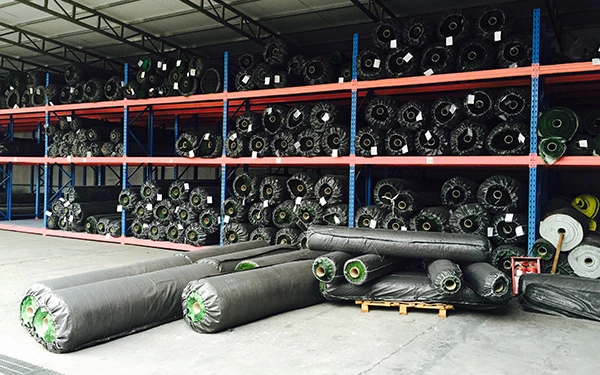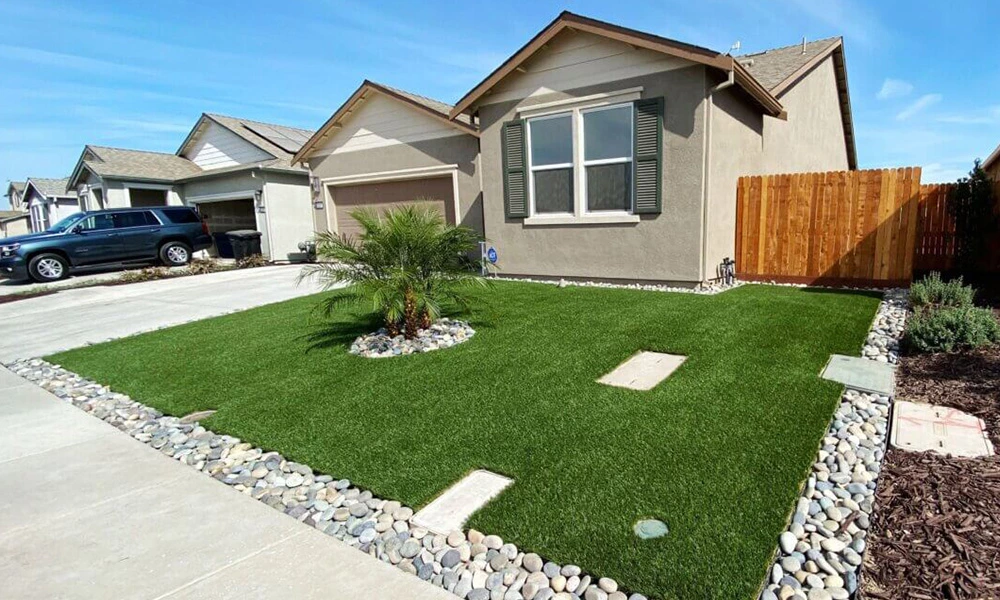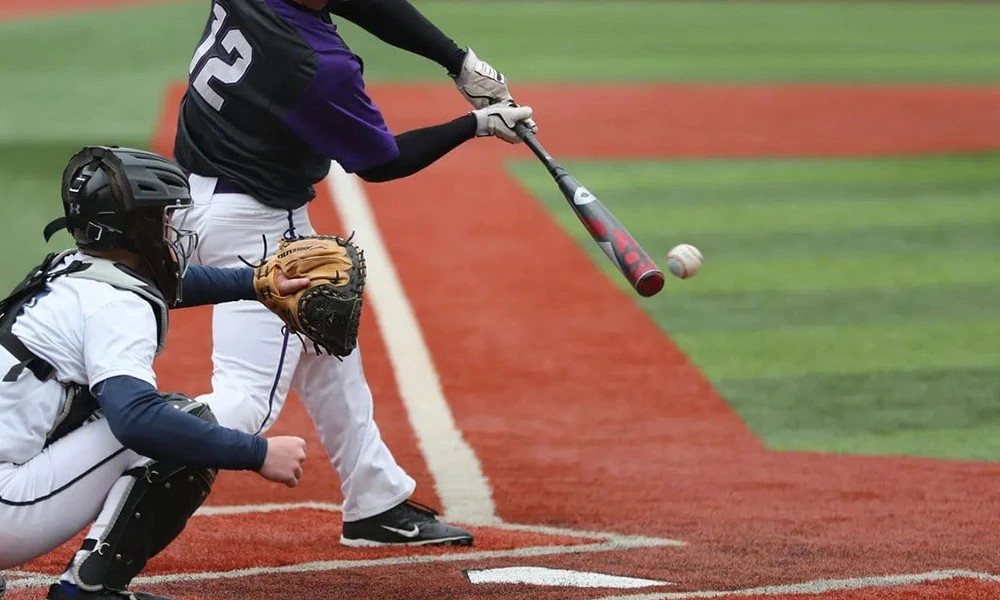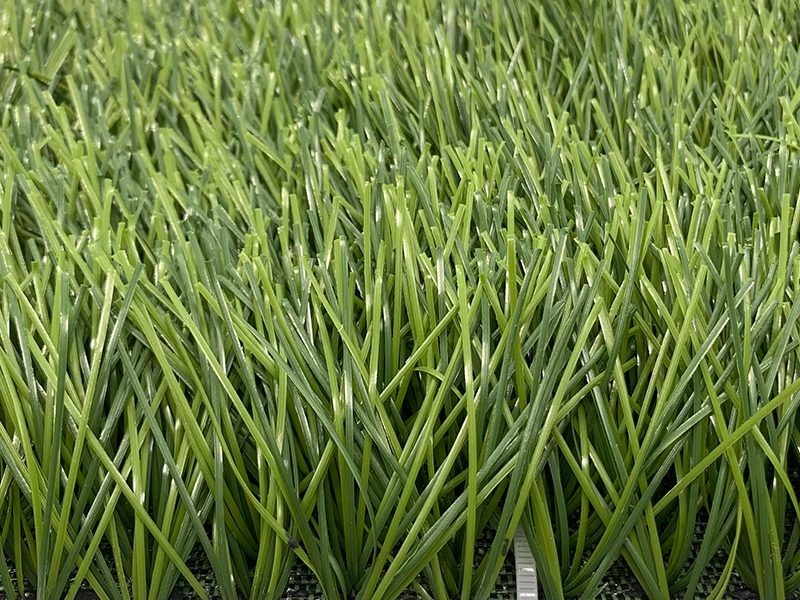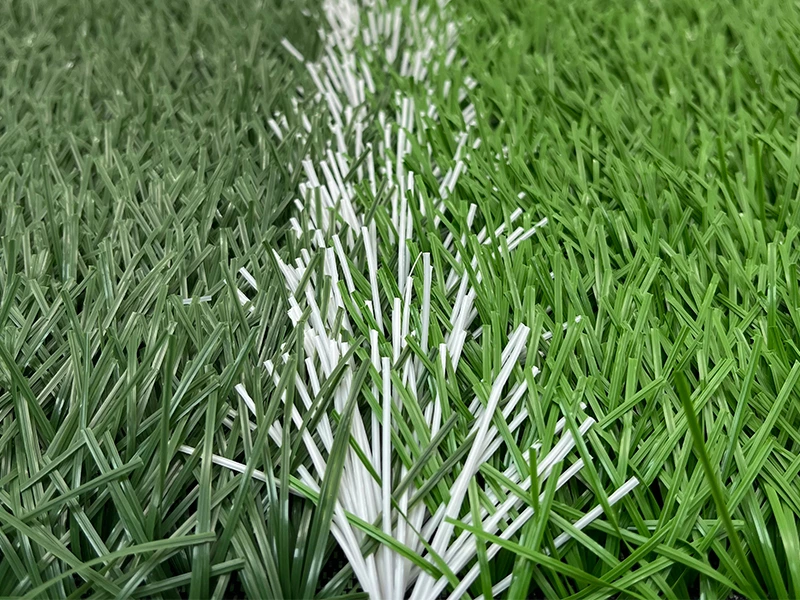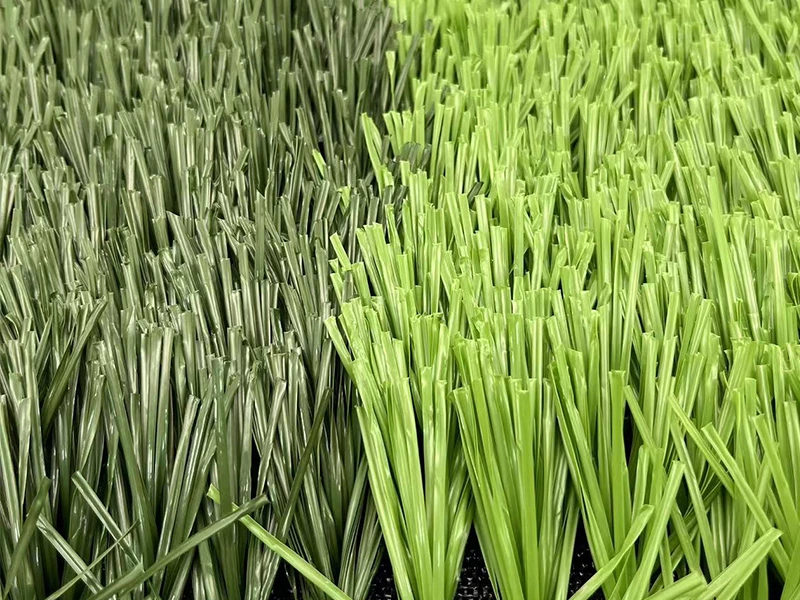Artificial turf import and export analysis
The development history of artificial turf
The application of artificial turf can be traced back to the early 20th century, and it was truly commercialized in the 1960s. The earliest artificial turf mainly used nylon materials and was mainly used in sports venues such as baseball and rugby fields. However, the poor performance of early products in wear resistance and weather resistance limited its promotion speed.
In the mid-to-late 1990s, with the improvement of material science and fiber manufacturing technology, the artificial turf industry ushered in rapid development. After entering the 21st century, the simulation, comfort and functionality of the products continued to improve, and the scope of application expanded from sports venues to urban greening, residential landscapes, school playgrounds, roof gardens and other fields, gradually becoming a mainstream solution to replace natural grass.
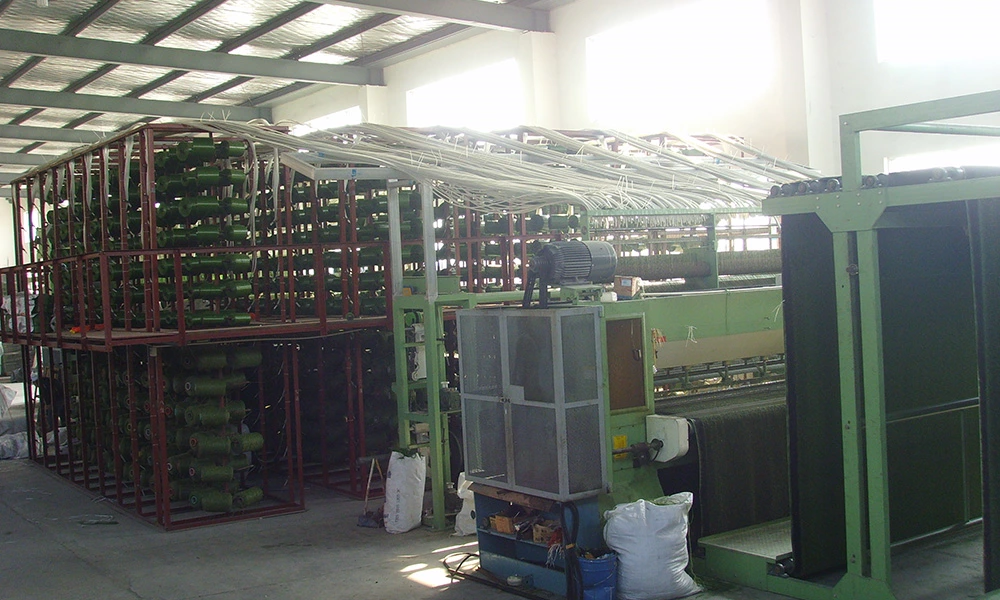
Global trade trends and market fluctuations
According to customs data from various countries, from 2018 to 2023, China's artificial turf export performance remained generally stable, but also experienced significant fluctuations during the epidemic. In 2021, the export value reached US$1.324 billion, a year-on-year increase of 15.80%, indicating strong market demand. However, the export volume in 2022 dropped sharply by 69.57%, mainly due to the impact of the global COVID-19 pandemic on international supply chains, shipping logistics and project investment.
As the global economy gradually recovers, China's artificial turf exports reached US$397 million in the first 10 months of 2023, an increase of 18.96% year-on-year, showing that the market is regaining vitality.
Export performance of specific product categories:
In terms of product type, China's artificial turf exports in the first 10 months of 2023 showed a pattern of "landscape grass as the mainstay, sports grass upgrading, and functional grass growth":
Landscape grass (including residential/commercial greening and rooftop lawns): Export value reached US$213 million, accounting for 53.7% of the total, a year-on-year increase of 15.2%, making it the largest export category. Core demand came from urbanization in Southeast Asia and home garden renovations in Europe.
Sports grass (including FIFA certified/non-certified): Export value reached US$128 million, accounting for 32.2% of the total, a year-on-year increase of 28.6%, the fastest growth rate, benefiting from global sports venue renovations (such as European football club training bases) and event infrastructure in emerging markets (preparations for the Africa Cup of Nations).
Functional grass (including anti-slip, flame-retardant, anti-static, and indoor-specific grasses): Export value reached US$56 million, accounting for 14.1% of the total, a year-on-year increase of 22.3%. It is mainly used in children's playgrounds, elderly care facilities, airport rest areas, etc., with demand from the European and American markets accounting for over 60%.
Analysis of major export markets
As the world's major producer and exporter of artificial turf, China's products are exported to many countries and regions. In 2023, exports were mainly concentrated in the following countries and regions:
The United States and Japan: They have long been the main markets for China's artificial turf exports, but in 2023, exports fell by 5.68% and 8.38% respectively.
Middle East and Southeast Asian markets (such as Saudi Arabia, the United Arab Emirates, Vietnam, and Thailand): Demand has grown steadily, benefiting from infrastructure construction and high temperature climate dependence on artificial turf.
European markets (such as Spain, Israel, and Russia): They have grown significantly in recent years, especially Spain and Russia, which have become highlights of export growth.
Russian Market
- Artificial turf is popular in Russia because it can withstand various climates and is unaffected by low temperatures or snowfall. This characteristic of artificial turf allows for sports and leisure activities to proceed normally, providing a reliable sports field. The Russian artificial turf market is in a phase of steady growth, with a market size of approximately $750 million in 2024. It is projected to double to $1.5 billion by 2035, with a compound annual growth rate (CAGR) of 6.5%.
- In terms of export volume, from November 2023 to October 2024, China exported 906 batches of artificial turf to Russia, an increase of 81% year-on-year. In the first quarter of 2024, China's artificial turf exports to Russia reached US$11.45 million, an increase of 128.61% quarter-on-quarter, making Russia China's second largest export market.
The artificial turf market is experiencing significant growth, both in residential and commercial settings. The increasing prevalence of sports facilities and leisure spaces is driving this market development. Simultaneously, with urban expansion and population growth, the demand for multifunctional and durable sports and leisure venues is becoming increasingly urgent.
In summary, the artificial turf market landscape is constantly evolving, with innovation and sustainability as key focuses, implying a bright future for stakeholders in the industry. However, it's important to note that opportunities and risks coexist. In Russia, artificial turf is regulated by multiple agencies, with high requirements for the quality of turf materials. Therefore, this could potentially impact import demand.
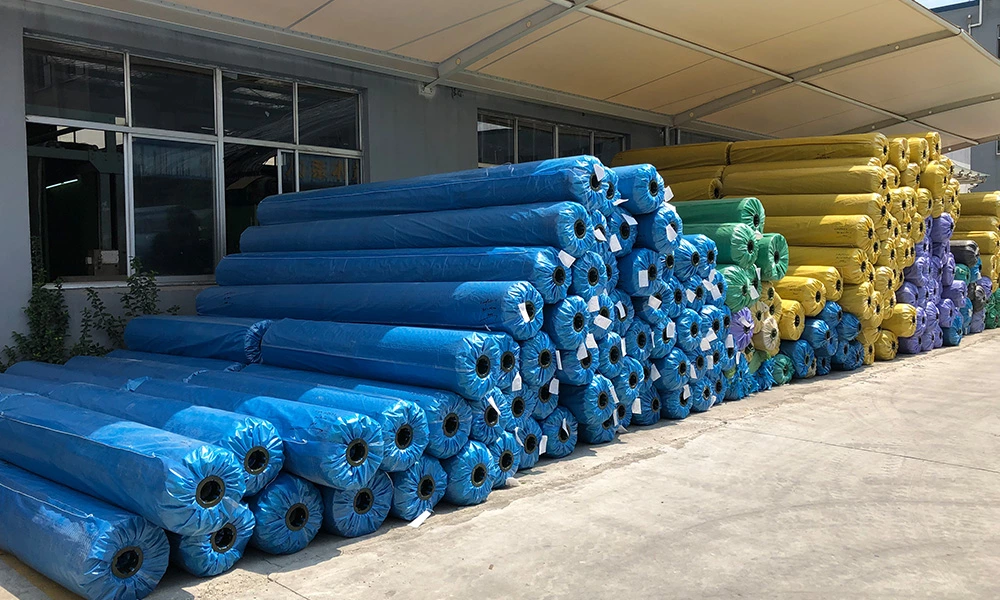
International Competitive Advantages of Chinese Artificial Turf
Chinese manufacturers have been able to gain a foothold in the global market thanks to the following core advantages:
Product diversity: Artificial turfs of different colors, grass heights, densities and fiber types can be provided to meet diverse application scenarios such as sports, landscapes, schools, and commerce.
Flexible production capacity: Short-cycle delivery capabilities help customers meet urgent project needs, especially for projects with rapid installation and delivery.
Rich export experience: Chinese companies have accumulated rich experience in international cooperation and export process management, and have good after-sales service and customization capabilities.
Outstanding cost-effectiveness: On the premise of ensuring quality, Chinese suppliers can provide more competitive prices, which is suitable for large-volume procurement projects.
Industry challenges and development suggestions
Although the overall prospects of the artificial turf industry are good, it also faces the following challenges:
Environmental protection regulations are becoming stricter: Some countries are increasingly concerned about the release of plastic products and microplastics, requiring turf materials to be more environmentally friendly and recyclable.
High demand for technological updates: In order to meet the high-end market, such as FIFA-certified stadiums and highly simulated landscape grass, companies need to continue to invest in research and development to improve product competitiveness.
Global market demand is volatile: factors such as politics, exchange rates, and raw material prices will also have a direct impact on the export situation.
Therefore, Chinese suppliers should closely follow international market policies and technology trends, actively expand emerging markets, and at the same time enhance brand value and environmental protection technology content to continuously enhance international market competitiveness.
Conclusion
As a green, environmentally friendly, efficient and convenient ground covering solution, artificial turf is gradually becoming the preferred material for the construction of various venues around the world. As the world's major supplier, China has obvious advantages in quality, price and delivery cycle. In the future, with the continuous increase in global demand for green ecology and low-carbon construction, the artificial turf industry is expected to achieve a broader development space.
If you need to obtain the latest market trends or product solutions, please contact UNIGRASS. We will provide you with professional artificial grass system customization and export services.
